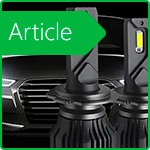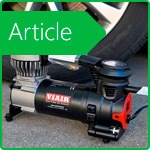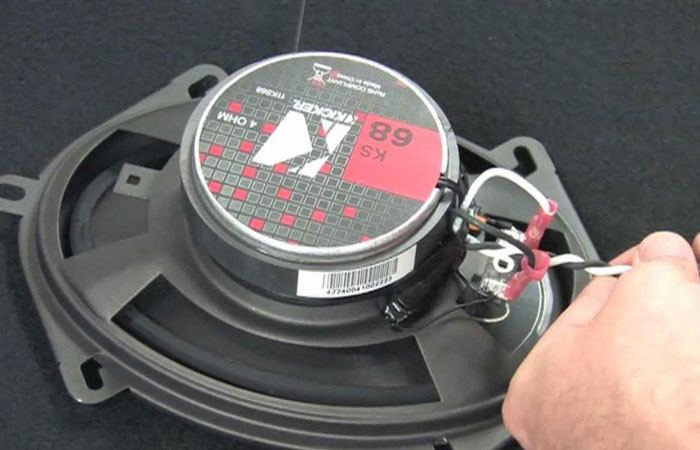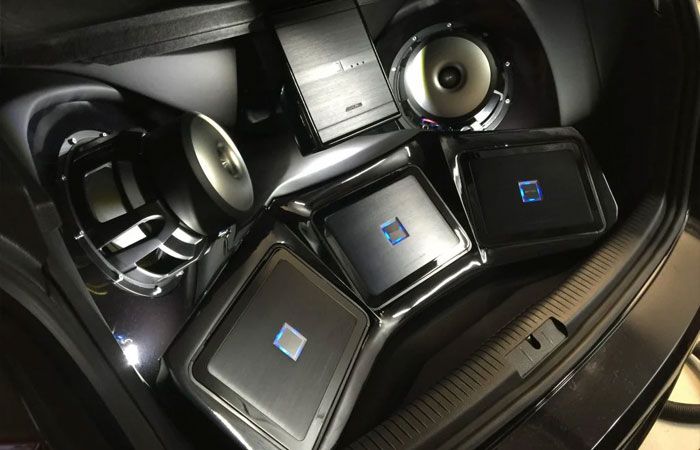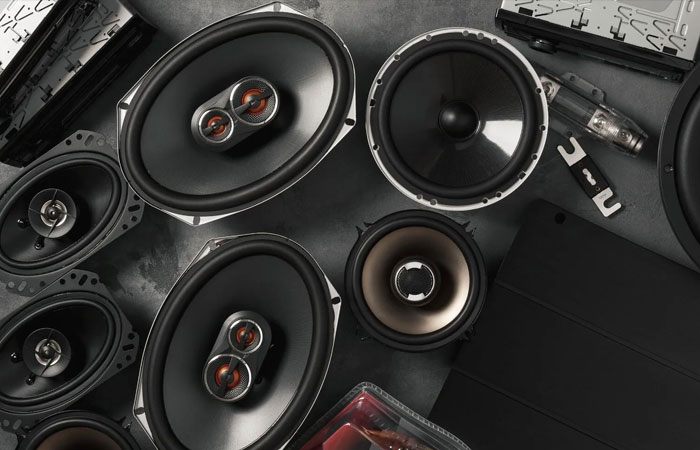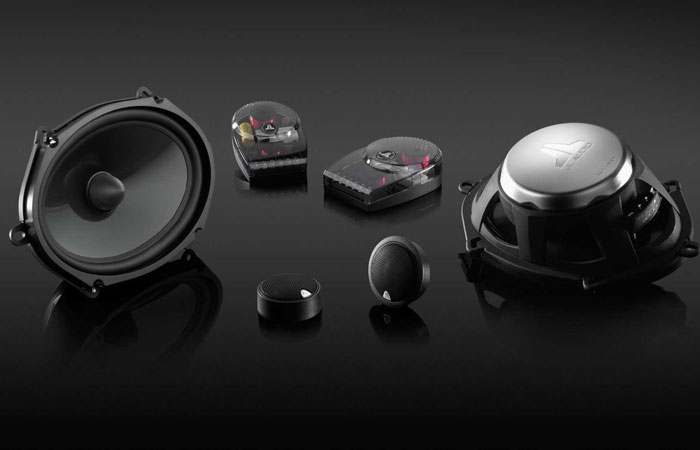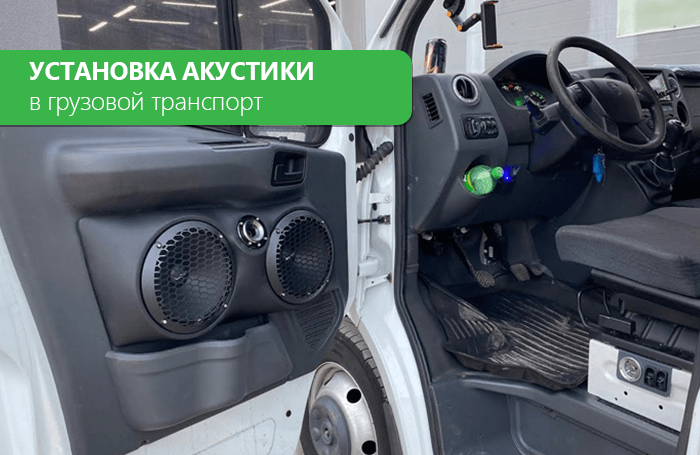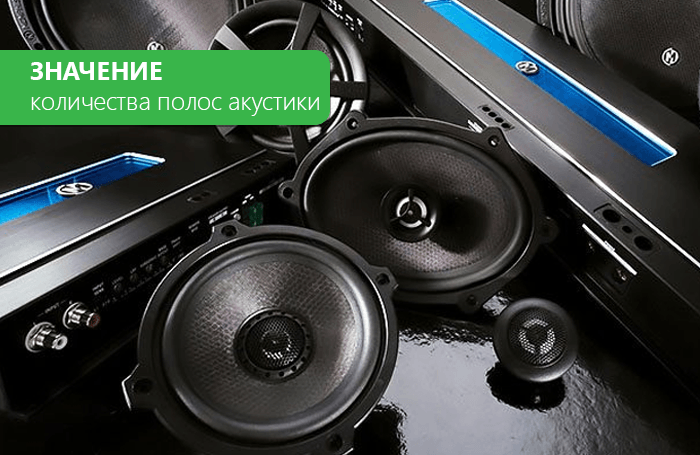How to Choose Car Speakers for a Specific Vehicle Model
Want to replace your old speakers and finally hear how music should really sound in your car? Great idea — but there’s a catch: not all speakers fit all cars. Different models have different mounting standards, depths, shapes, and tweeter placements. Overlooking these details can lead to installation surprises and extra costs.
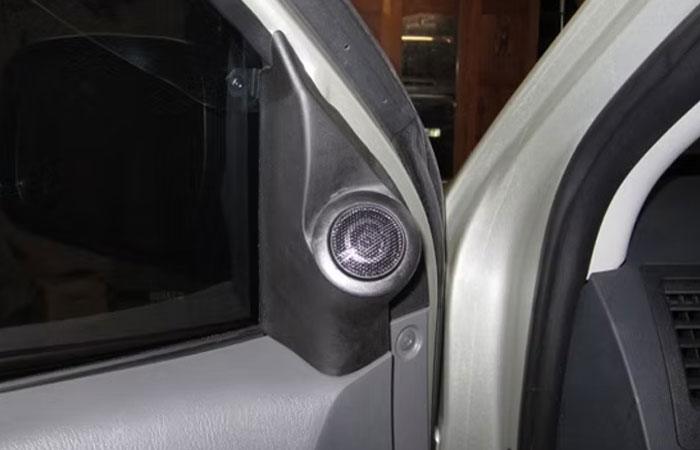
Why a precise fit matters
Car manufacturers use dozens of different speaker shapes and mounting methods. Some vehicles have compact 5.25-inch door speakers, others use full-size 6×9-inch systems. For example, Skoda Octavia and Toyota Camry may have different speaker sizes even within the same generation depending on trim. BMW models often use oval or non-standard mounts — not all aftermarket speakers will fit directly.
Buying a set of speakers just because you like the specs — and hoping they’ll fit — is risky. You may run into issues not just with diameter, but also with depth: a deeper speaker might hit the window regulator or an internal door panel. This is especially common in front doors.
How to check speaker compatibility
The most reliable way is to remove the door panel and measure the mounting hole: diameter, depth, and screw layout. Even if you’re not experienced, taking a clear photo and showing it to a specialist can help determine what will fit without modification.
You can also check model-specific forums. Car owners often share installation tips — what fits, which adapter rings are needed, and what obstacles to expect. For instance, Toyota RAV4 owners know the rear doors require spacers, while Volkswagen Golf front doors accept 6.5-inch speakers, but not all models fit depth-wise.
Component or coaxial?
If your vehicle has factory mounting locations for separate tweeters, a component system is a great choice. It delivers a cleaner soundstage and better audio detail. If all speakers are in one location, a coaxial speaker will be easier to install and usually doesn’t require extra modifications.
Small details that matter
Even speakers that technically fit may underperform if installed into bare metal. Without proper soundproofing, doors can rattle and bass response will suffer. Use sealing foam or adapter rings — especially if the original mounts are worn out or don’t create a tight seal with the speaker basket.
If you're planning to install an amplifier or subwoofer later, think about cable routing in advance. This will save time and effort during future upgrades.
Conclusion
Proper speaker selection starts not with the brand, but with understanding your car. Mounting size, depth, bracket layout, shape — everything counts. Measuring once is better than returning incompatible gear or hunting for custom adapters.
If in doubt, talk to our manager. We know what fits which car and can recommend speakers that will install cleanly and sound great.
-
 Car speaker Hertz DSK 165.3Buy4120 ₴
Car speaker Hertz DSK 165.3Buy4120 ₴ -
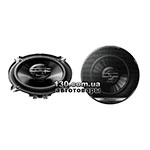 Buy
Buy
-
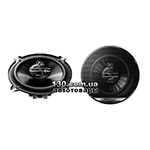 Buy
Buy
-
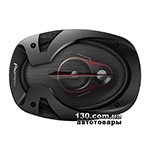 Buy
Buy










